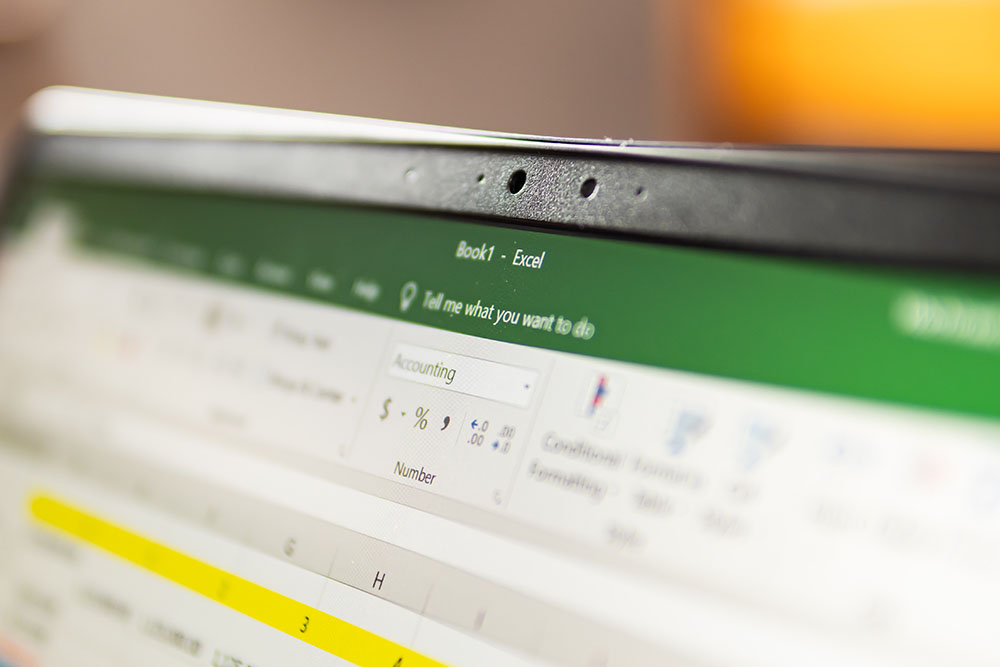Many businesses in Silicon Valley and beyond have been quick to implement remote work policies due to the COVID-19 pandemic. Now, even as stay-at-home restrictions start to ease, not everyone is rushing to get back to the pre-pandemic normal. If you’re doing business as usual, odds are you’re doing it wrong. But that doesn’t mean companies can’t get to an even better place than they were before the pandemic.
To that point, many organizations have started to recognize that they can be more productive, collaborative and ultimately profitable by continuing remote work policies as part of a workplace revolution.
Specifically, more businesses will see having a distributed workforce as a recovery strategy. By allowing for continued remote or partially remote work, organizations can remain competitive in what could be a difficult economic environment for some time to come. Further, these businesses set themselves up to be competitive in an upcoming business landscape that will likely be less dominated by office space and increasingly populated by remote – yet connected – workers.
Getting to this competitive advantage, however, requires figuring out the right remote work model and implementing the tools and strategies necessary to make remote work sustainable for the long haul.
Leveraging Hybrid Remote Models
Rather than having all employees work remotely 100% of the time, companies can turn to hybrid remote models that strike a balance between a fully distributed workforce and a fully on-site strategy.
A distributed workforce recovery strategy can mean several things. It includes options like having employees work remotely three to four days per week — the sweet spot for maximizing employee engagement, finds Gallup. With this workplace revolution, companies could also have employees come into offices on alternating schedules, certain employees always working remote while others work in-office, fully remote work with monthly in-office group meetings once large gatherings are deemed safe, or flexible work models where employees decide whether they work remotely or on-site.
Making Hybrid Remote Practical and Secure
While the flexibility, scalability and employee engagement that can come from hybrid remote models should largely be embraced, a successful distributed workforce recovery strategy depends on having the right technology and strategies in place to make remote work a viable long-term model.
In particular, companies need to ensure that they can keep their networks and data secure without overly burdening employees.
Unlike with an on-site strategy, a distributed workforce won’t always work within the perimeters of a corporate network, and they might also use personal devices to accomplish their work. That means companies need to rethink IT strategies and turn to cloud-based tools that can strengthen security and compliance without requiring much heavy lifting from employees. Relying on complicated security protocols can actually weaken security if they’re too complex for employees to follow correctly.
Cybercriminals are increasingly learning and honing in on methods for targeting remote employees and disparate networks, so companies should consider putting more resources into cybersecurity in a way that protects companies and their employees, however they work. Many of these costs can be offset, perhaps even entirely, by reducing costs associated with a fully on-site strategy, such as if a company can save money by switching to a smaller office space.
In particular, companies can turn to tools that help strengthen a distributed workforce recovery strategy, such as:
- Cisco Umbrella: As employees start to use both on- and off-network devices or use computers for both personal and work purposes, you might not be able to stop all attacks using traditional, network-based security protections. Instead, Cisco Umbrella can work across endpoints by blocking threats at the DNS and IP levels. That way if an employee accidentally visits a malicious website, for example, the tool can block the threat before it reaches your network or endpoints.
- Cisco AMP: Business as usual won’t cut it, meaning typical antivirus software won’t cut it either, especially as employees work remotely across various types of devices. Cisco Advanced Malware Protection (AMP) can help secure your network and endpoints by continuously monitoring for active threats before they take hold. The tool uses cloud-based analytics and machine learning to improve over time and spot new threats.
- Duo Security: While you want your employees to work in a flexible, comfortable manner, using personal devices can pose a significant security risk. However, Duo Security, part of Cisco, simplifies protections, such as by providing push notifications to employees’ mobile devices for multi-factor authentication, rather than requiring them to enter a PIN number.Duo can also assess the security risks of employees’ personal devices, and IT teams can easily adapt access policies based on whether they think a device should be trusted or not.
Preparing for a New World of Work
Deploying security tools like these can help companies implement a successful distributed workforce recovery strategy. Yet since hybrid remote workers might still come into the office at times, employers also have to think about how they can protect employees’ health in these environments.
In this new normal, temperature and other health checks will likely become more prevalent, and employers will need to keep track of this data for situations such as contact tracing and local compliance. To help maintain the safety of employees and the biosecurity of your business, we’ve built a lightweight health check app that can be used to easily record health data within compliance regulations.
See how this application can help your company as you move toward a successful recovery with a flexible workforce.



